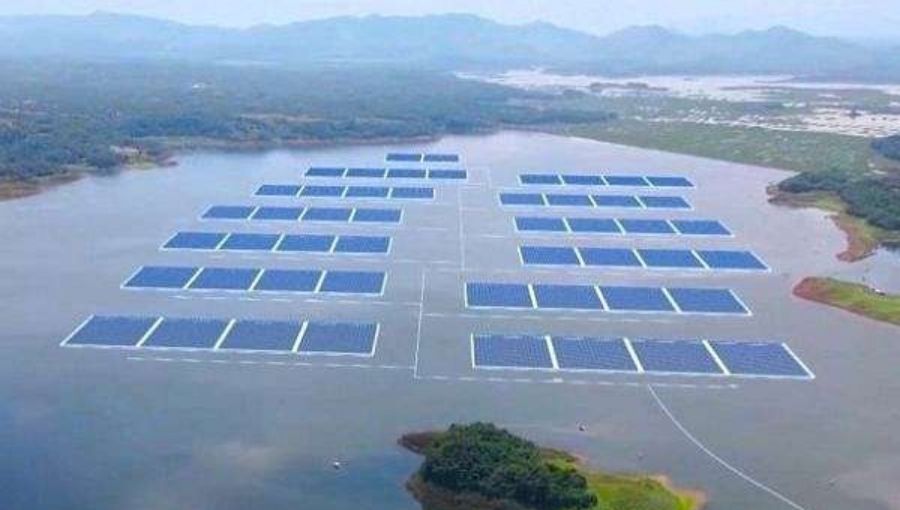A recent study from the University of California, Davis, published in Nature Water, explores the complex interactions between floating solar energy installations and waterbird populations. With renewable energy development on the rise, the researchers aim to understand both the potential ecological impacts—both positive and negative—on bird populations which are already facing significant threats from habitat loss, climate change, pollution, and disease. Elliott Steele, the study’s lead author, emphasizes the necessity of researching how waterbirds respond to floating solar technologies in order to avoid adverse effects while promoting environmental health alongside clean energy. The team identified five critical research areas, including understanding waterbird behavior around solar infrastructure, assessing interactions and effects, tailoring conservation strategies to specific contexts, developing monitoring methods, and evaluating potential pollutants.
Preliminary findings indicate that certain bird species, such as black-crowned night herons and double-breasted cormorants, are already utilizing floating solar installations for resting, nesting, and foraging purposes. The research also highlights ancillary benefits of floating solar, such as reduced evaporation on water bodies, and energy production without displacing agricultural lands. Coauthor Emma Forester underscores the urgency for tailored designs that support both energy goals and wildlife conservation. The collaborative effort includes multiple institutions and experts, aiming to create a pathway for harmonizing renewable energy expansion with the conservation of vital bird populations. The study serves as a call to action to consider ecological impacts in the ongoing development of renewable energy solutions.

